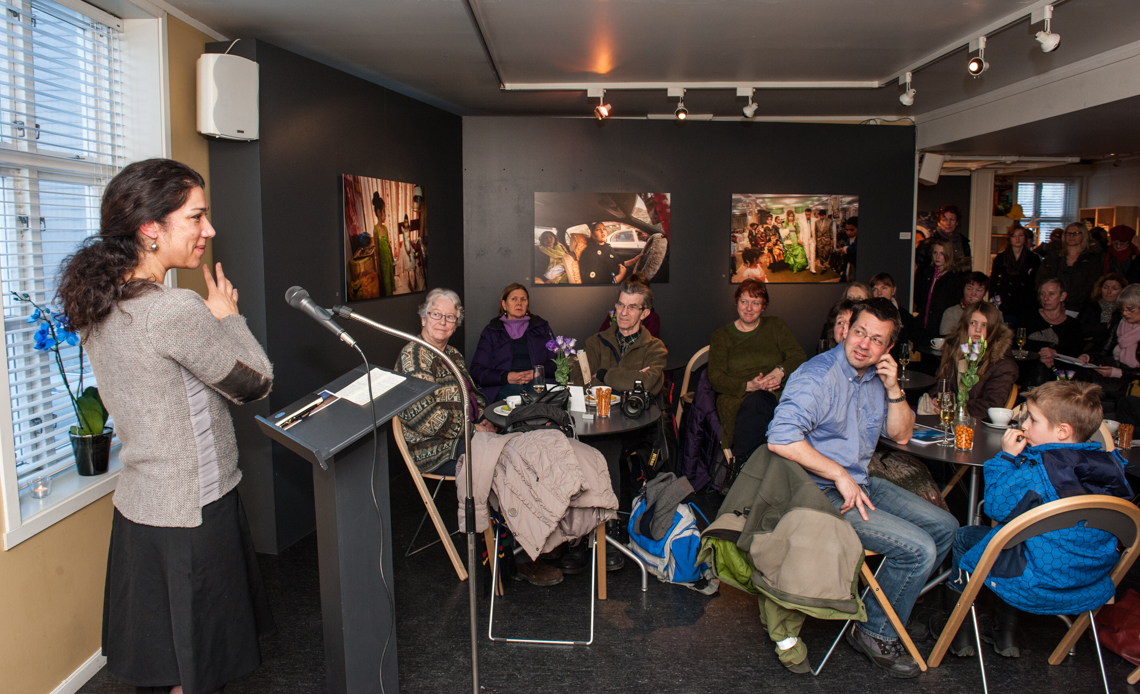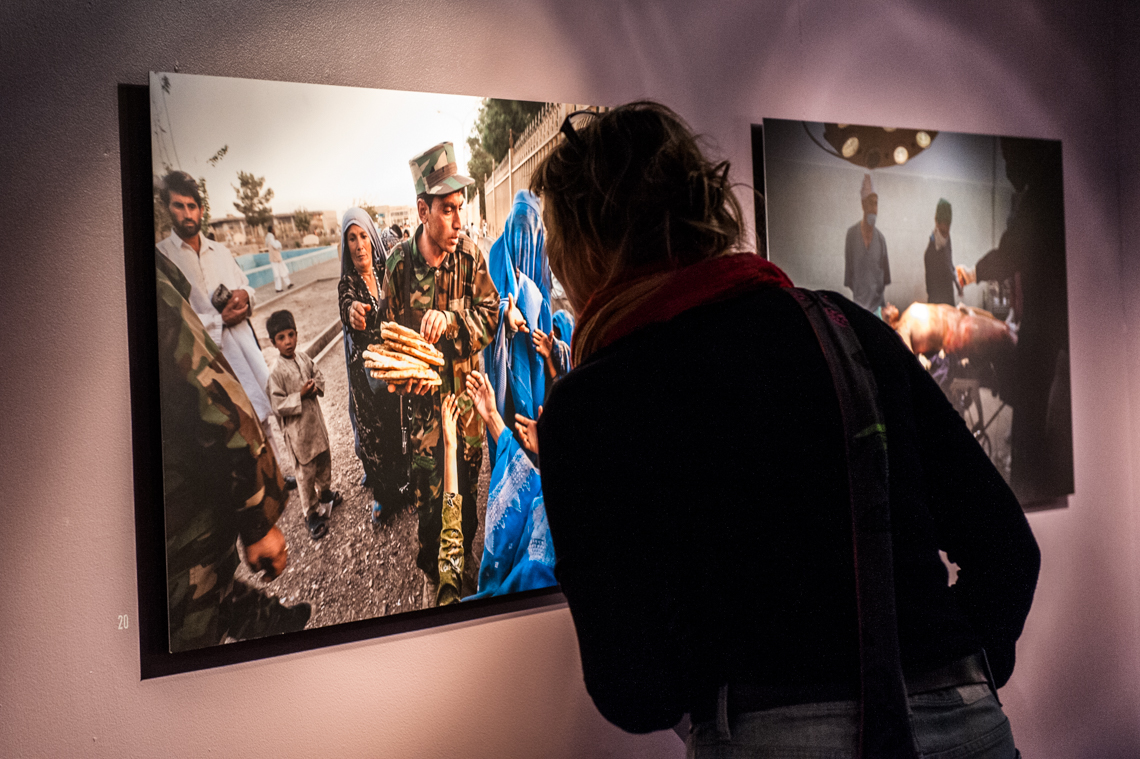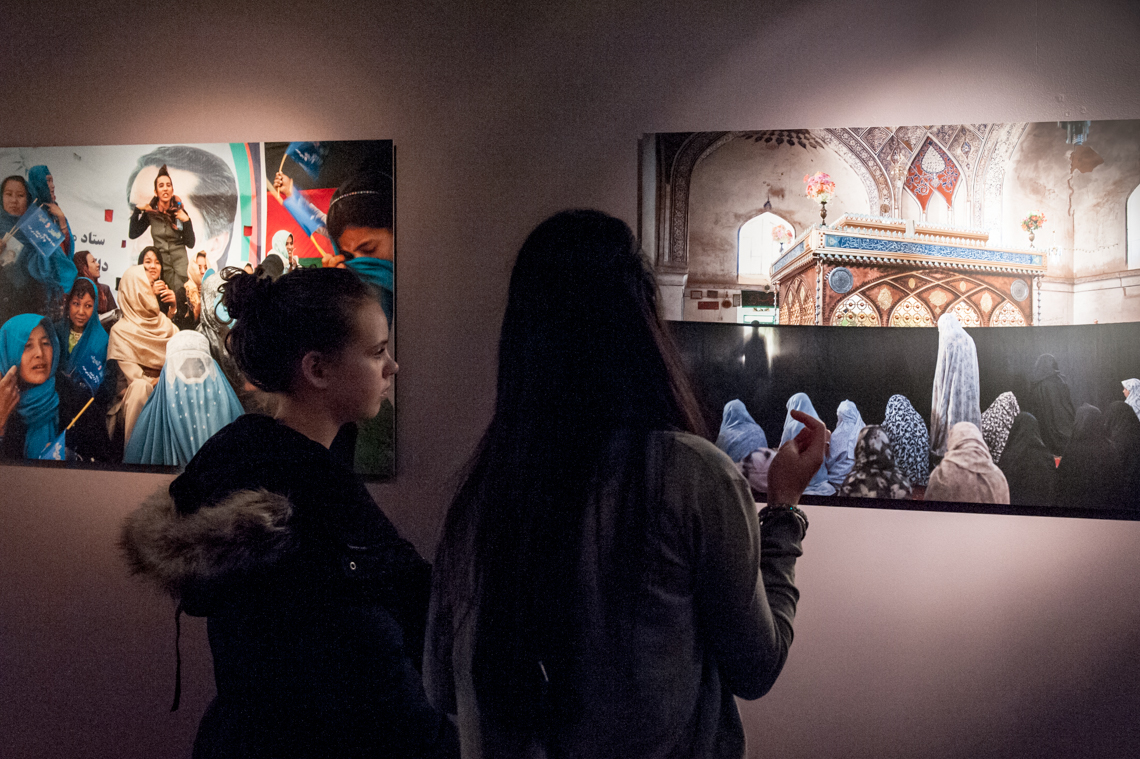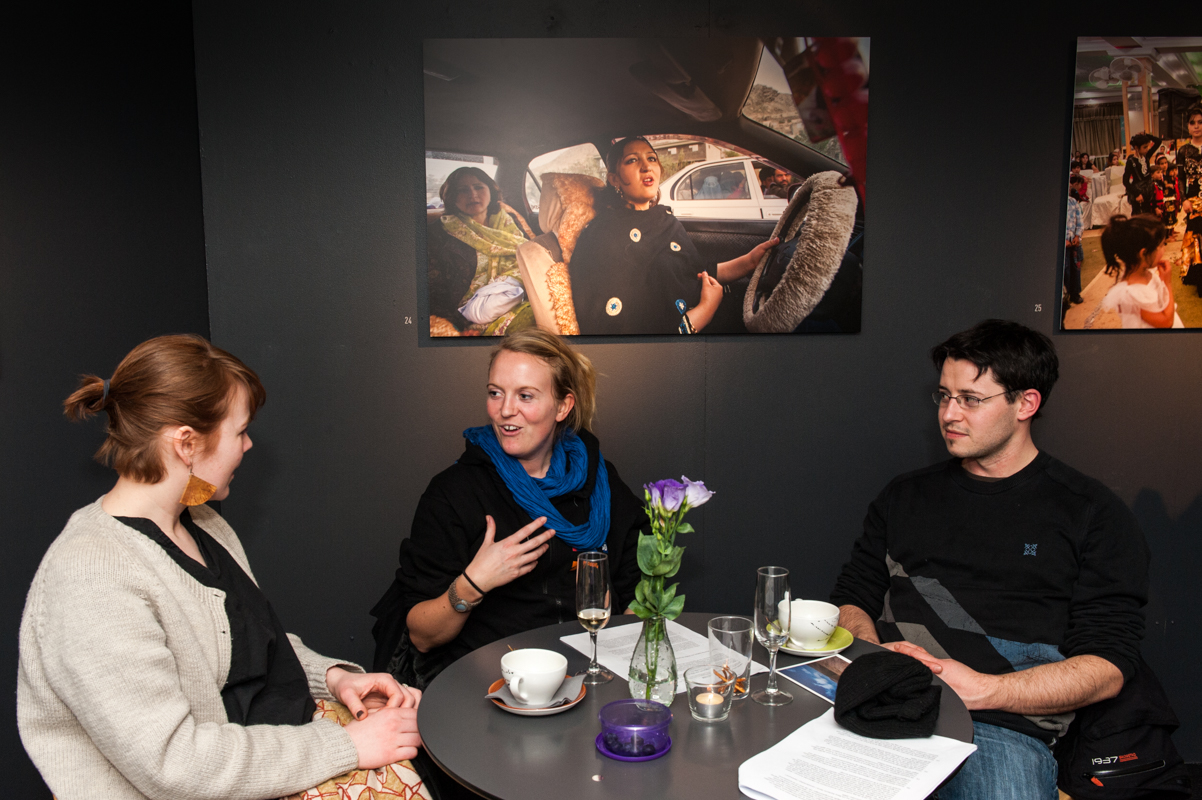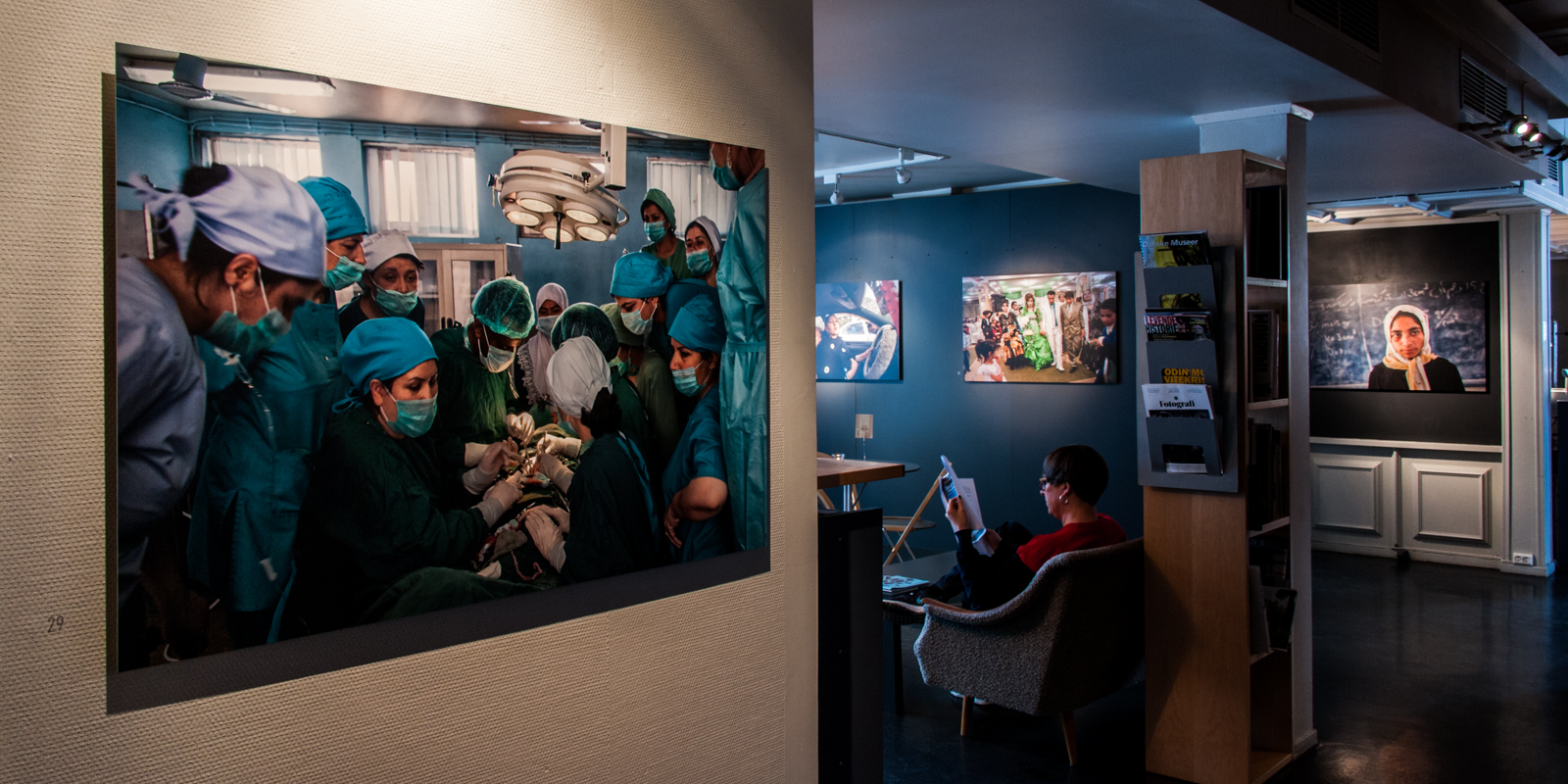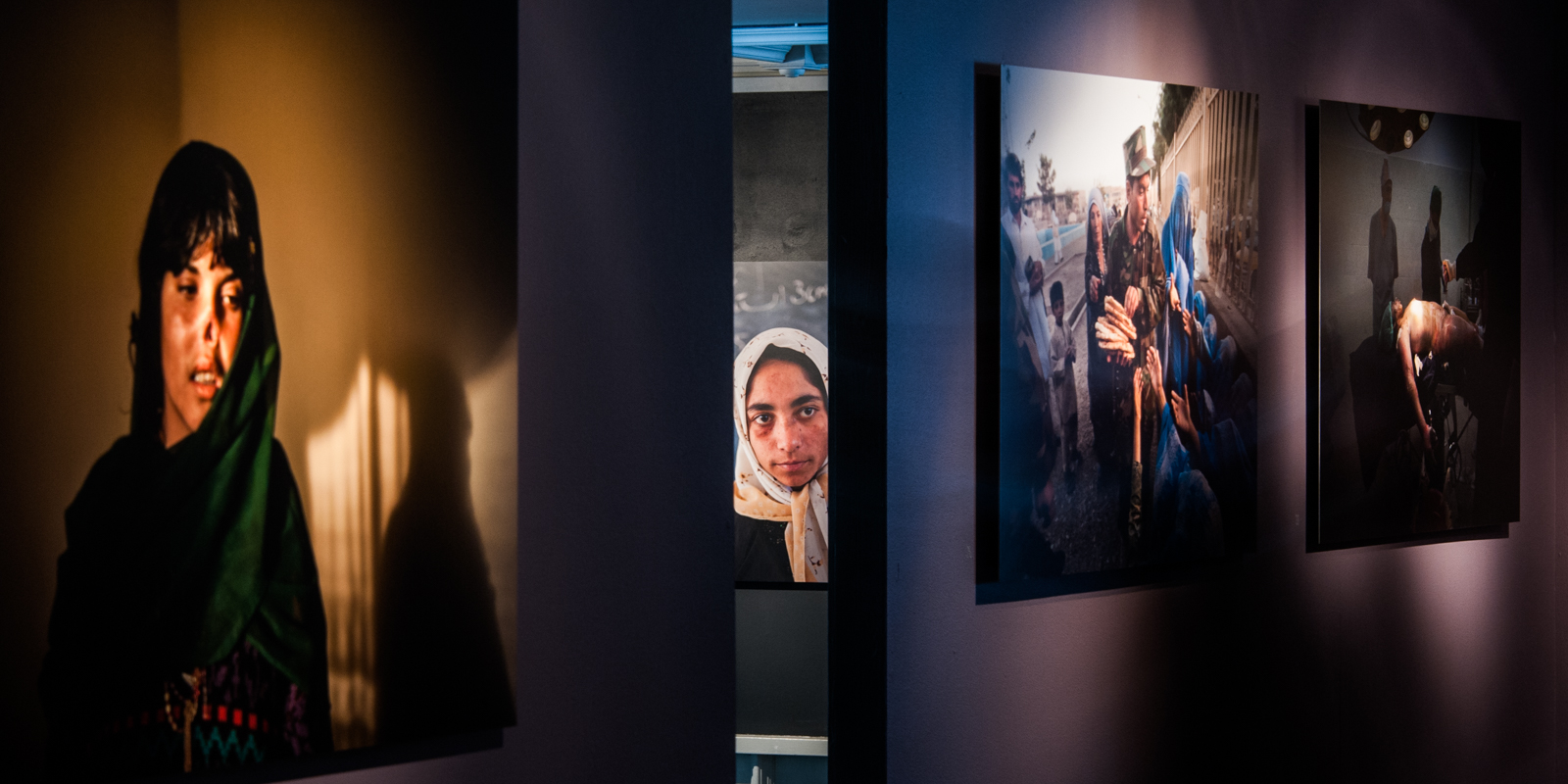Lynsey Addario made her first trip to Afghanistan in May of 2000 to document the lives of women living under the oppression of the Taliban. She returned to Afghanistan two more times before the fall of the Taliban in November 2001.
In those days, women were virtually invisible, and the streets were silent: music and entertainment was banned under Sharia law, electricity was scarce, and contact with the outside world was almost non-existent. The only women on the streets were beggars—usually widows or wives of disabled men, begging for money to support their families. Most educated women in the cities spent their days squirreled away behind closed doors in family compounds, caring for their children, while rural women continued to work in the fields.
On many Fridays, the Taliban performed public executions at the sports stadium—the same stadium in which today, young men and women train in boxing, karate, and soccer, and now hosts political and social gatherings for men and women, alike.
Over the last eleven years, Addario has returned to Afghanistan almost every year to photograph the development of life across the country, and the ongoing war between NATO troops and Taliban sympathizers, and how the war has affected life for civilians and foreign troops. Addario has documented the toll of the war on both sides, spending months on numerous embeds with American troops from the Korengal Valley in the East, to Helmand province in the South, while making frequent trips to the country to spend time with civilians. Throughout, she has trained a close eye through her lens on women’s lives in all arenas of Afghan society: culture, politics, education, employment, and domestic life.
In 2009, National Geographic magazine commissioned Addario to photograph a comprehensive essay depicting the many facets of women’s lives in Afghanistan: Veiled Rebellion. Because of cultural and societal taboos, it is extremely difficult to photograph women in the conservative country—most women need permission from a male relative to be photographed. This body of work is the product of this assignment.
The exhibition is produced by The Nobel Peace Centre in Oslo

